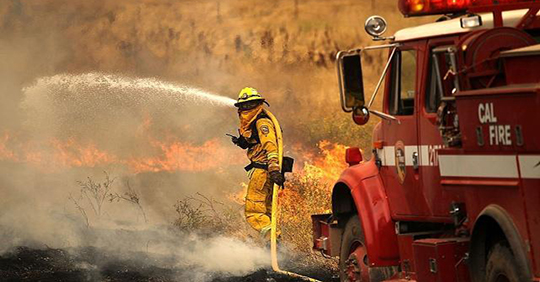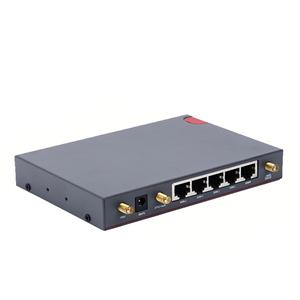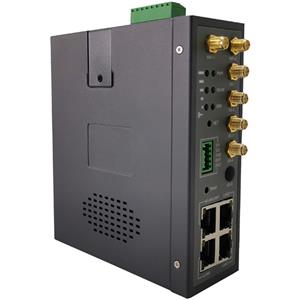Attention to these issues in smart fire construction
Attention to these issues in smart fire construction

In recent years, as the pace of urban construction has accelerated, high-rise buildings have gradually increased. In addition, the weak public fire protection foundation, and the number of supervised and complicated objects have brought tremendous pressure on fire protection. Key and difficult issues in urban governance.
With the development of emerging technologies such as artificial intelligence, big data, and the Internet of Things and strong support from national policies, smart fire protection has emerged as the times require in the construction of smart cities.
What are the advantages of smart fire fighting over traditional fire fighting?
Smart fire protection is a module dynamic process of data collection, data analysis, data early warning, precise command, and optimized feedback. That is, it combines Internet technology, digital communication technology, and mobile positioning technology to collect digital geographic information, building fire protection facilities, fire fighting, and emergency rescue. Respond to emergency plans, fire water sources and fire fighting equipment, and provide early warning, analysis and feedback to relevant departments on digital platforms. Compared with traditional fire protection, its advantages are obvious.
1.Fast: The internet of things smoke, gas, and electrical equipment data are transmitted to the cloud platform in real time. Big data and cloud computing are used for calculation analysis and intelligent management. Response, rapid processing, eliminate hidden dangers in the bud.
2. Accuracy: On the smart fire-fighting cloud platform, you can see which province, city, building, and even floor can be accurately located. Early warnings appear, quickly obtain early warning location information, and quickly reach the scene to troubleshoot.
3. Security: personal safety, property safety, data safety, 360 ° monitoring using intelligent fire-fighting cloud platform, and real-time upload of various data to ensure the normal operation of fire-fighting facilities, protect personal and property safety, and make data information more secure.
What are the problems in smart fire protection construction?
Although smart firefighting has obvious advantages over traditional firefighting, due to the short layout time, different processes in different places, and the in-depth integration of technological development, etc., smart firefighting still faces many problems in the actual landing construction.
First, at present, there is no complete strategic layout of smart fire protection. Some regions blindly engage in "one-size-fits-all", copy and copy, and apply directly, without integrating local realities and needs, resulting in a weak situation of "not outstanding results". Policy support and capital investment are also important factors hindering the progress of smart fire protection construction.
Second, there is a lack of information communication between the various modules in the smart fire protection system. The requirements for data processing in smart fire protection construction are vertical penetration and horizontal exchange. In terms of vertical penetration, data of different levels of organizations face many obstacles in the process of opening shared channels and being compatible with smart fire platforms; in terms of horizontal exchange, due to cross-departmental access to data, such as personal communications, housing construction and other information It requires multiple layers of approval, which not only has a large difficulty factor, but also is prone to delay and will cause unnecessary losses. As far as the connectivity between the systems is concerned, the current fire rescue departments in individual regions have not established a linkage mechanism with public security, transportation, water supply, radio and television departments, which has made analysis and decision-making in fire fighting and rescue difficult.
Third, in data collection, the processing system is scattered and independent, which easily leads to information islands. The data collected through smart fire protection are stored in different processing systems. Each processing system is relatively independent and has poor correlation with each other. At the same time, the data sorting and entry methods are single, and due to the relatively heavy collection tasks, irregularities such as secondary entry often occur. In addition, Smart Fire lacks the systematic use of existing data resources, lacks various monitoring systems and video resources for high-rise residential buildings, and fails to form external data "for my use", transmission of data "common governance sharing", and building fire rescue commands. , Dispatch, analysis, decision "a picture", there are difficulties in establishing an intelligent fire early warning system.
In addition, the fire and rescue departments at all levels have serious shortages of talents in related majors such as informatization, statistics, and engineering management, showing the embarrassing situation of insufficient talents and unreasonable talent structure. The innovation and research of smart fire protection is still in its infancy, and there are few composite talents.




